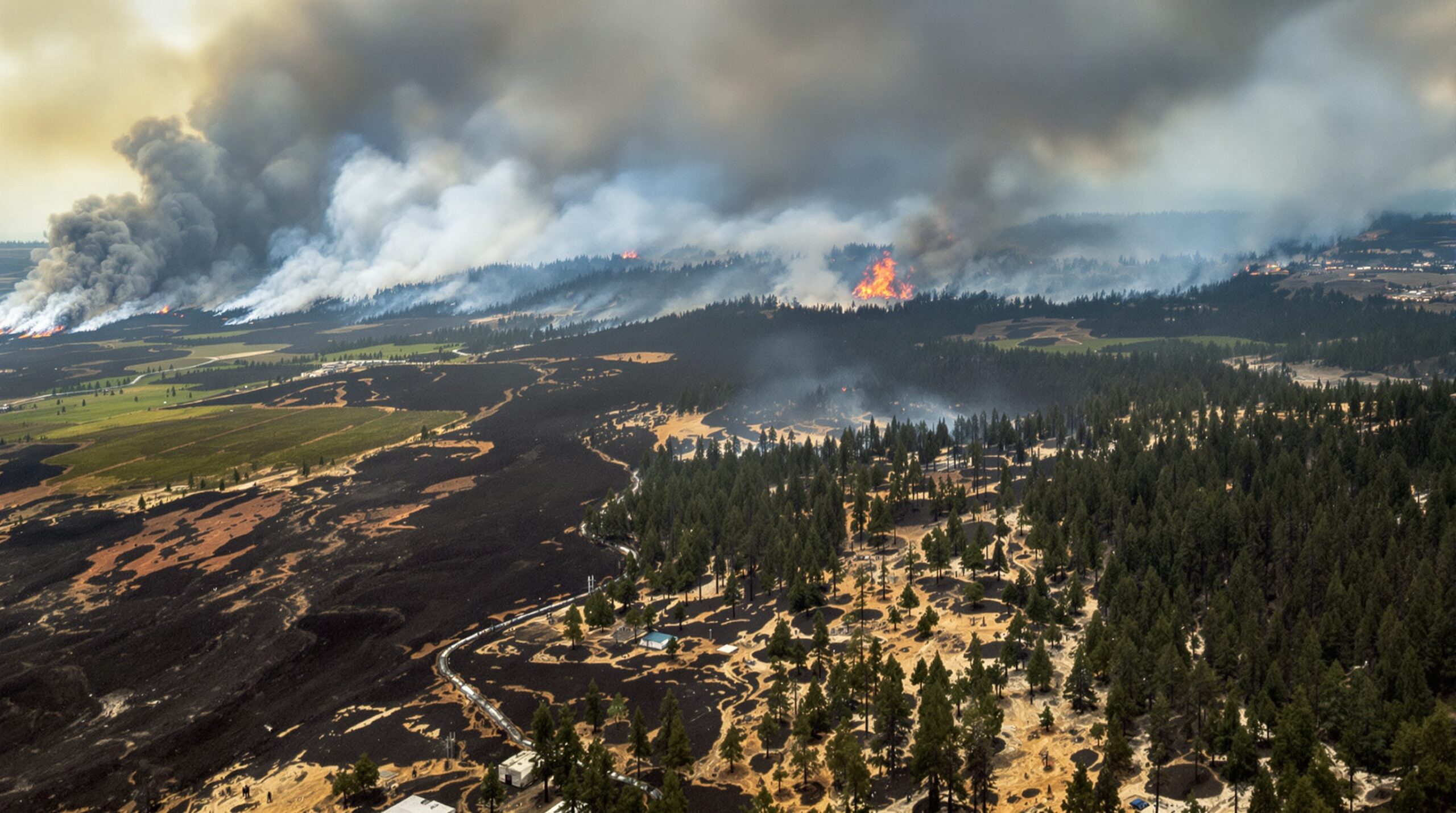As climate change intensifies, natural disasters are becoming more frequent and severe. Homeowners in wildfire-prone regions face growing threats every year. Traditional insurers are increasingly unwilling to underwrite properties and businesses in high-risk areas. To fill the gap, a new wave of “heat insurance” pilot programs is expanding.
Why Traditional Insurers Are Pulling Back
Insurance companies rely on probability models to predict risks. When those models show rising losses due to wildfires, premiums increase. For many policyholders in wildfire zones, insurance has become unaffordable or simply unavailable. Insurers cite increased financial losses and the unpredictability of fire seasons as chief reasons for retreating.
Major insurance companies, such as State Farm and Allstate, have either pulled out or severely restricted new coverage in parts of California. Local governments and consumer groups warn of growing insurance deserts. Residents now face mounting difficulties in obtaining essential property protection.
Heat Insurance: An Innovative Solution
Heat insurance operates on a parametric model, offering payouts based on temperature thresholds rather than actual damage claims. With record-breaking heat becoming more frequent, these pilot programs offer homeowners rapid financial relief during extreme weather. Unlike traditional policies, parametric policies can provide payouts quickly, sometimes within days.
Companies like kWh Analytics, Descartes Underwriting, and insurance technology startups are innovating heat insurance coverage. They craft tailored products for individuals and businesses exposed to wildfire and heat risks. These pilots are expanding in response to gaps left by retreating traditional insurers.
How Parametric Insurance Works
Parametric insurance differs from traditional indemnity insurance by relying on measurable data points, such as temperature spikes or wind speeds. When official weather data from trusted sources crosses a predetermined threshold, policyholders automatically qualify for a preset payout. This contrasts with the often lengthy claims process and investigations typical of traditional insurance.
For wildfire-prone homeowners, a policy might pay out if intense heat exceeds a specific number of days or degrees. Businesses can use the funds to cover lost income, increased utility costs, or emergency repairs. The approach is growing popular with local governments, utilities, and even school districts facing climate threats.
Pilots Rolling Out in High-Risk Communities
Insurtech startups have rolled out heat insurance pilots in multiple states, including California, Texas, and Oregon. Some pilots focus on residential policyholders, while others target businesses with high heat exposure, such as farmers or manufacturers. Nonprofits and local governments are collaborating, aiming to provide affordable risk mitigation tools to underserved communities.
For example, a pilot program in Sonoma County, California, aims to support residents who lost traditional coverage after recent fires. Another ongoing pilot in Texas offers heat insurance to farm owners, providing financial protection against crop losses and health risks to workers during prolonged heatwaves.
Community Engagement and Benefits
Education is crucial for the success of these pilots. Insurtech companies host workshops, webinars, and community meetings to explain how parametric insurance differs from traditional options. Residents and businesses learn how rapid payouts can help them recover faster after extreme events. Community leaders also stress that parametric insurance complements, not replaces, traditional property insurance.
Early feedback shows strong demand for products that offer transparent triggers and fast financial response. Participants report peace of mind from knowing they will receive funds quickly after a qualifying heat event. The approach also helps local economies by keeping businesses running and supporting short-term recovery.
Regulatory and Industry Challenges
The innovative nature of parametric insurance presents regulatory challenges. State insurance regulators in the U.S. are evaluating where these products fit within existing frameworks. Concerns include potential for confusion among consumers and the need for standardized policy language. Clear communication about the limits and triggers of parametric insurance remains essential.
Traditional insurers sometimes view the emergence of heat insurance as competition. However, some industry experts see potential for partnership instead of rivalry. By combining parametric and indemnity insurance, policyholders could reduce risk gaps and ensure better overall protection.
The Future: A Growing, Adaptive Market
Wildfire and heat events will likely become more frequent and intense as the planet warms. Insurance markets must adapt quickly to evolving climate risks. Piloted heat insurance programs offer a promising model for resilience and innovation. Expanding pilot programs serve as testing grounds for new ideas and partnerships.
Analysts expect the market for parametric products to grow significantly in the coming years. As awareness increases, larger insurers may enter the field. Partnerships between governments, private companies, and communities could accelerate expansion. Lessons from pilots will guide the design of more robust and equitable insurance options nationwide.
Conclusion: Redefining Risk Protection for Wildfire-Prone Regions
Traditional insurance once offered protection against a range of natural disasters, but wildfire-prone residents now face unprecedented gaps in coverage. Expanding heat insurance pilots are redefining how communities confront climate risks. These pilots deliver rapid, objective payouts that empower homeowners and businesses to rebound after extreme weather.
As regulators and communities adapt, heat insurance may become a cornerstone of future risk-management strategies. Transparent, data-driven solutions can help build resilience as climate threats intensify. Ongoing collaboration between insurers, governments, and communities is vital to ensuring accessible and effective coverage in the years ahead.

